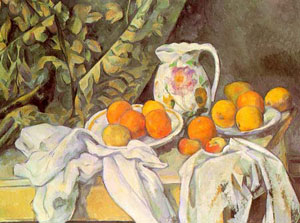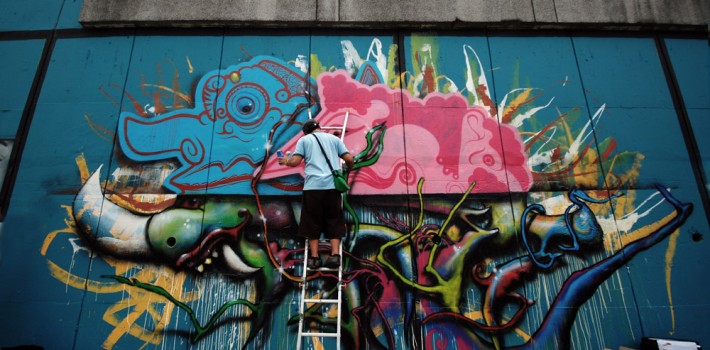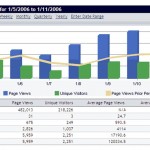Here’s the scoop on what you need to know when designing a website to showcase your art, impress galleries, and win over collectors. Learn how to avoid the mistakes most emerging artists make when creating their online portfolio.
1. Decide if you need an artist website
Any artist who is wanting to expand their market and sales will definitely benefit from having their own website to promote their work. It is important to be able to have a place where anyone in the world can easily access and view your work.
2. Know who are you trying to impress
Are you trying to engage a Soho gallery to sell your $20,000 paintings or sell $5 prints to children? That Soho gallery might not be impressed when they see your online-store selling prints and art cards – but on the other hand, you could make a very handsome living if you really knew how to market those art cards.
3. Your website must fit with your overall art marketing strategy
A website is most effective when it is part of a larger overall marketing strategy for your art. This includes mailings, lots of in-person gallery visits and presentations, regular (physical) showings of your work, and developing relationships with the art world. An effectively planned website can greatly compliment and simplify your other marketing efforts.
4. Know that there IS a real market for art on the internet
The internet is quickly becoming an accepted place to showcase your art to collectors and arts professionals. They might still want to see your work in person before they buy, but the fact remains: they saw it first on your website! Having an online art presence is very important at this time.
5. Have your own website AND use online-portfolio services
A website portfolio service (e.g. www.absolutearts.com or www.art-exchange.com is like an online slide registry. For a fee you can upload images of your work together with bios, artist statements, resumes, etc. They have many visitors and are a convenient way to make your work accessible to potential clients. The down side is that they generally don’t display your work very well, and there is little flexibility in how the art is showcased.
Your own website, on the other hand will require more work to promote, but you’ll be able to present the work in the most beautiful way. Remember the times you’ve been taken into the dimmer room in a commercial gallery? How that art which looked fairly good on the main gallery wall suddenly became something you had to take home? That’s how a good artist’s website should showcase your work.
We recommend both options – they are a perfect compliment.
6. Know what collectors and art professionals look for in an artist website
Here are some common elements which most dealers and galleries would agree on for your website design:
- Keep the site simple and elegant with the focus on the art itself and don’t overpower the art with a site that looks too busy
- Avoid advertising such as banner adds or sidebar adds. If you must have them, put them in a separate “resource†section
- Avoid complex effects like flash movies. In the time it takes to play your exotic entry page, your visitor may have moved on.
- Include your bio, artist statement, resume, contact information, gallery(s) of your work, contact information, and a pricelist.
Check back soon for Part 2!



